What does it take to be a successful artist? Beyond talent, you need luck, grit and access to supports. But from Arts Council grants to the range of prizes on offer, you also need resilience. Prizes provide a valuable platform and can launch a career but they are also divisive, and for every story of success, there are even more knock-backs; and for every award winner there are the runners-up, and those who may never know how close they came to the shortlist.
"I'd be lying if I said I brush rejection off," says Vera Klute, curator of this year's RDS Visual Art Awards. A multi-award-winning artist, Klute has just finished showing as part of the Royal Hibernian Academy's RHA Annual Exhibition, and is getting started on a commission for the Old Library at Trinity College, Dublin. While many artists support themselves through other work, such as teaching, gallery work or a variety of unrelated activities (from corporate consultant to care assistant plus, of course, the hospitality sector), Klute is one of the few who makes a living solely through her art.
“After college I was working part time as a gallery technician and also doing office work to pay the bills. However, the last few years I’ve been able to support myself and my family on an artist’s income – which seems like a miracle.” In this, she is helped by the fact that she, as she puts it, has “branched out”.
“I can generate income in many ways, such as, portrait commissions, public art commissions or sales through commercial galleries.”
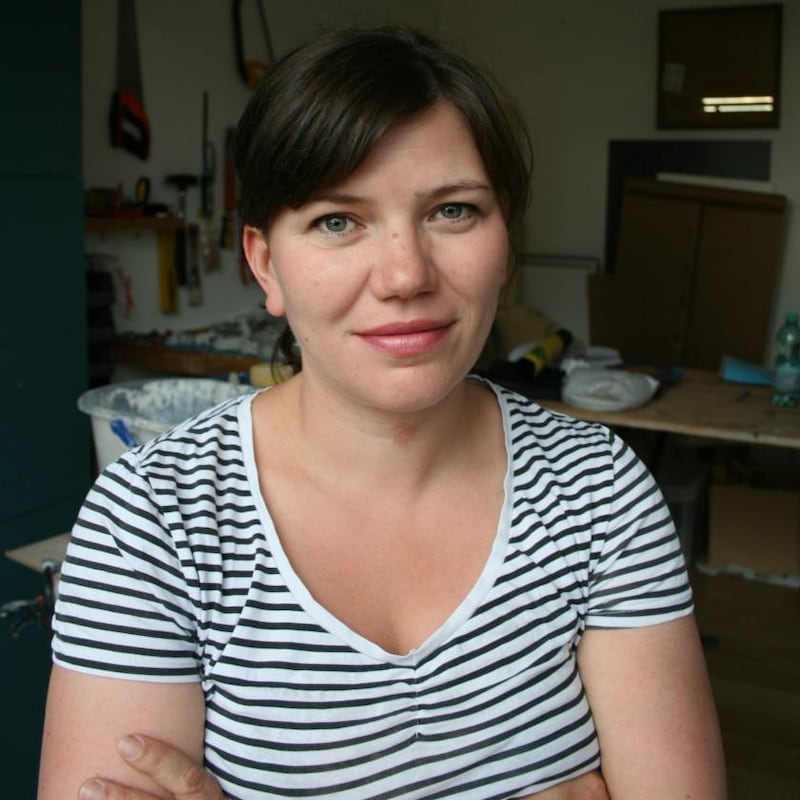
One of those public commissions was Klute's wire-haired bust of Dubliner Luke Kelly, which garnered a mixed reaction when it was unveiled in 2019 at its Sheriff Street site. "He's had a good run recently," says the artist. "It's over a year since any vandalism. I didn't take it personally. I was a bit puzzled, because I thought there might have been some other figures who were better targets. . ." She pauses before adding: "Let's not jinx it."
Whether a larger-than-life piece of public sculpture, a sensitive painting (such as her 2015 Hennessy Portrait Prize-winning depiction of Anne Ryder, the mother of one of her friends), or one of her brilliantly quirky gallery pieces, Klute is always a compelling artist but that doesn’t mean the path to success has been smooth. “There are loads of failures along the way,” she agrees. “When I graduated there was a different selection for up-and-coming artists: Launch – at the LAB. I never made the cut and I was gutted. That was my first rejection.”
As Klute describes the process of selecting the graduate artists for the RDS Awards, made in collaboration with a panel, we ponder how surprisingly susceptible we are to praise, and to rejection, even if we are lucky enough to be fairly sure we are good at what we do. “I’m 40 now,” she says. “I don’t get everything I apply for, and it doesn’t matter quite so much. It’s much more important at an early stage in the career, you need that encouragement.” The problem is, of course, that art is so subjective, and one prize panellist’s opinion can vary vastly to another. “Different panels make different choices, we’re all just people in the end,” she agrees.
Another surprising thing about rejection when it comes to awards is that it seems worse the closer you get. From my own, admittedly limited, experience of winning things, it’s better to win the third-round play-offs, than lose in the final. Klute agrees, “If I feel like I’d got really close, I’m gutted.” It’s also an odd conundrum for any jurist or panellist: that the art we value today is often art that was rejected in the past, so how can one choose? And as we try to open the art world to new voices, how can the new be measured? That’s not a question that’s easily answered, although widening the selection of panellists is one route to a solution.
Assuming you get lucky with your selectors and dig for resilience, what else does it take to be a successful artist? “You have to be hard-working,” says Klute. “And keep your nerve. You don’t get paid at the end of every month, it comes in chunks. When there hasn’t been a chunk in a while, I get worried. It’s also about quality control. Not everything I start works out. Not everything I finish is up to scratch. You have to be able to say: no, I spent two weeks on this, and I’m going to chuck it out. That’s really important. You can’t settle for less than you’re aiming for. Maybe this is terrible,” she continues, “but I’m always in the studio, but I don’t do weekends. I’m always at it. It’s what I want to do.”
Part of Klute's role as the awards curator is to help the artists to create an exhibition, which for the first time will be at the Royal Hibernian Academy, affording it a longer run than previous versions at the RDS site in Ballsbridge. "After the selection, I was trying to make sense of the work as a show. First, I was thinking there's no theme, no common denominator – but then it occurred to me that actually there was. Everyone has made the work while the pandemic was unfolding. So even if it doesn't express that specifically, it does involve it – looking at how life has shifted to online; tensions in the domestic space. A lot relates to lockdown, but from different angles."
Klute recalls her own experience of leaving art college as being deeply frightening: "I felt like a deer in the headlights," she says, echoing previous RDS Awards curator Alice Maher, describing her own graduation as like "going into a black hole". Fortunately for Klute, LAB curator Sheena Barrett had seen her end-of-year show at IADT and invited her to make an exhibition. "It was small enough, but it was about as much as I could handle at the time. I was terrified. I didn't know what to do. It was a video installation. A lot of my hesitation was a lack of confidence."
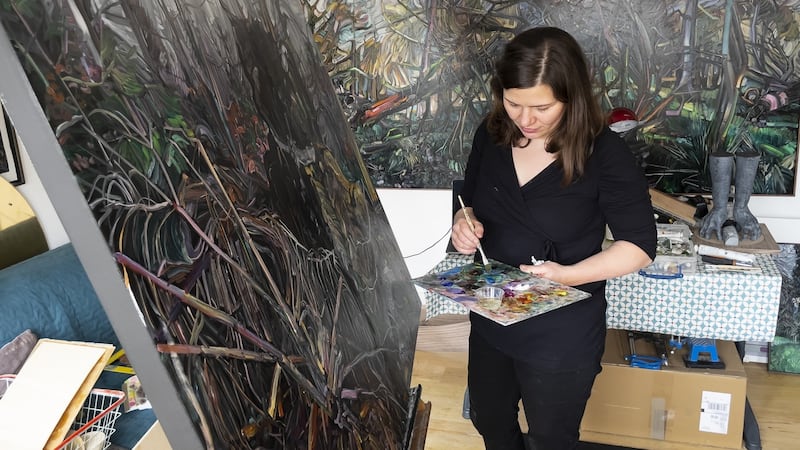
The latest generation seem quite the opposite. “They don’t seem scared, none seem nervous,” says Klute. “We had a meeting a few weeks ago, and I was stunned how confident they were.” They’ll definitely need it.
The RDS Visual Art Awards exhibition, curated by Vera Klute is at the RHA from November 25th to December 19th. rds.ie/rhagallery.ie
RDS Visual Art Awards: the shortlisted artists
Giving a sense of the range of work emerging from the class of 2021, Vera Klute introduces the shortlisted artists in this year’s RDS Visual Art Awards, where prizes totalling more than €30,000 are on offer.
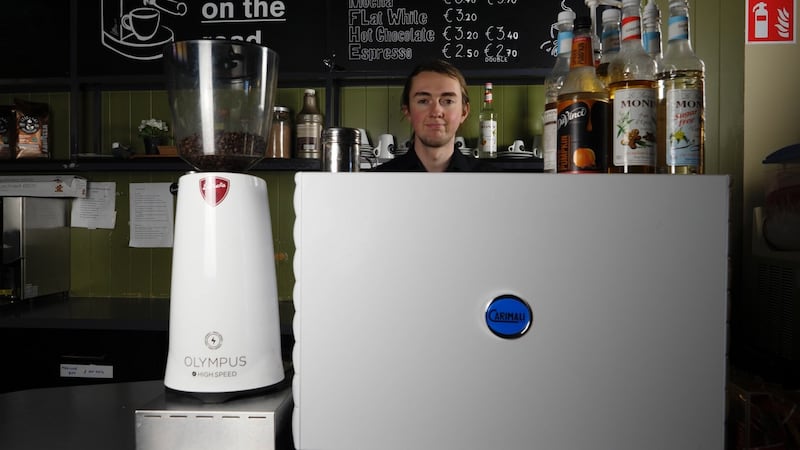
Karolina Adamczak
IADT Dún Laoghaire
Adamczak works in performance art and film, with four videos from her series, I'm Selling Myself. Humorous and tragic, her videos look at the frustrations and hopes of the service worker with an authentic and original voice.
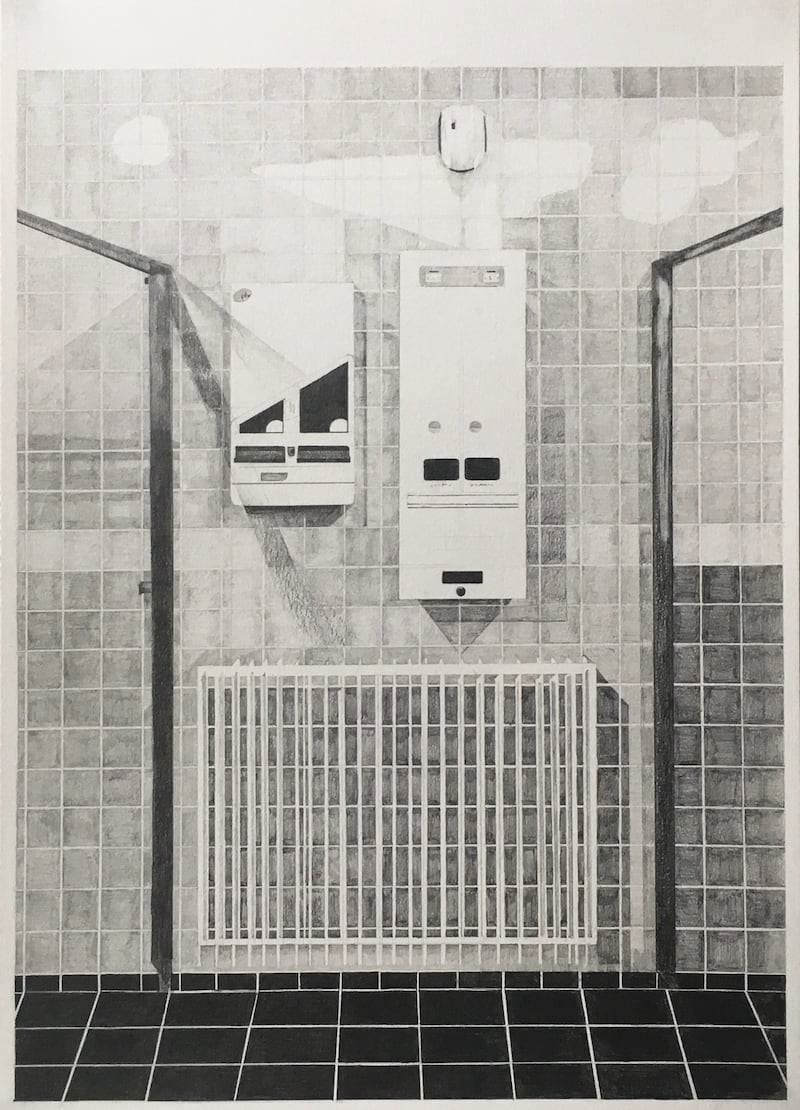
Lauren Conway
IADT Dún Laoghaire
Conway uses different drawing styles to show empty educational spaces. She wants to look at the aspirational promises put forward by the State through formal education. Her work is precise and methodical, mimicking how she was taught to draw in school.
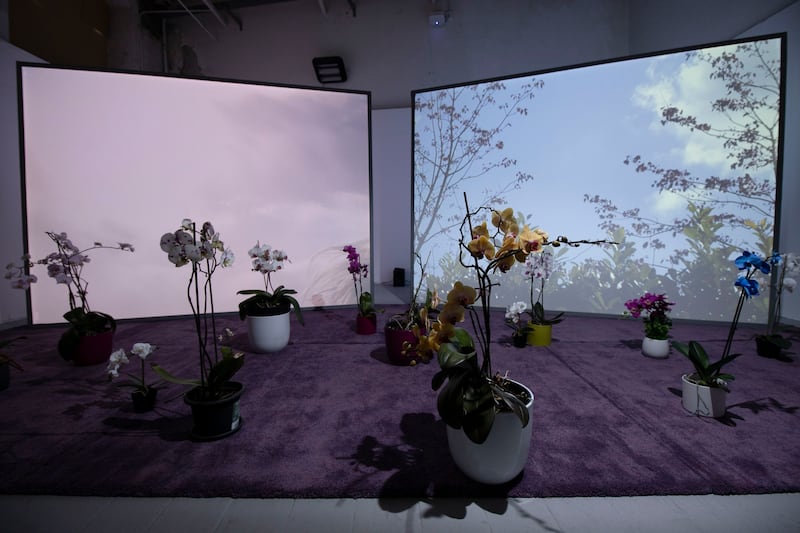
Rachel Daly
MTU Crawford College of Art & Design
Till We Part, features large-scale light boxes, music and split screen video to explore domestic discomfort. Her beautiful photographs and videos have a subtle and more menacing undercurrent.
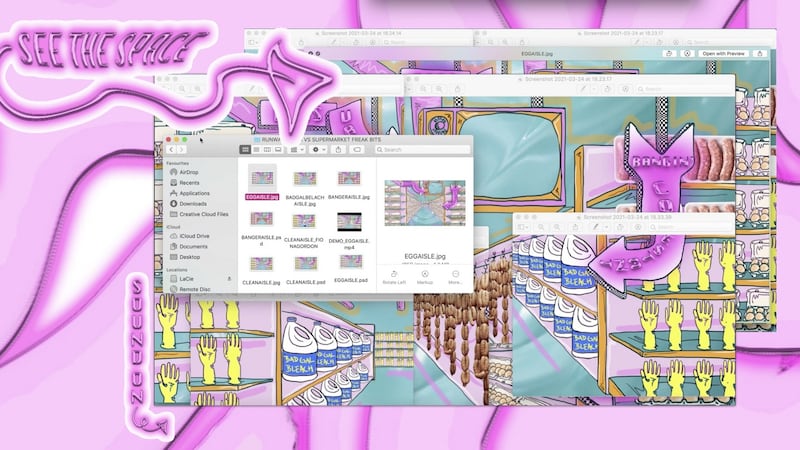
Fiona Gordon
Limerick School of Art & Design
Gordon's work is a website that flips ideas of femininity to embrace the surreal and the bizarre. The piece is sophisticated and playful, capturing that all-consuming online and screen-based existence.
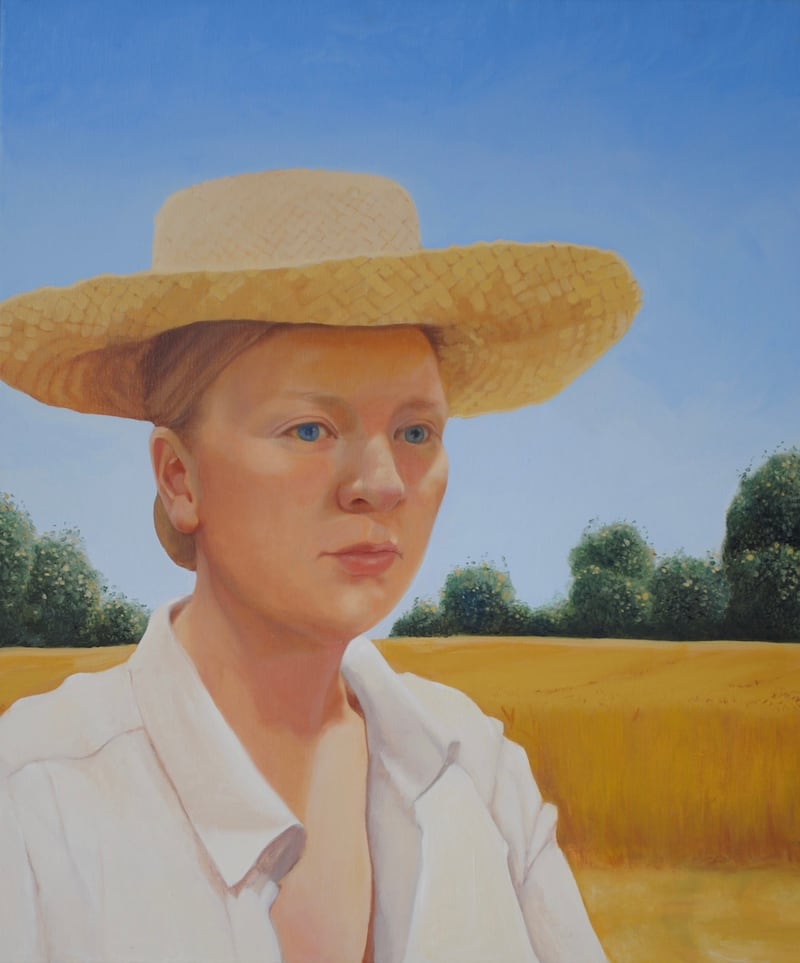
Vanessa Jones
National College of Art & Design
Jones' stunning realistic paintings are much more than portraits. She looks at concepts of myth, beauty, replication and duality in the feminine archetype. They allure through strangeness and familiarity in equal measure.
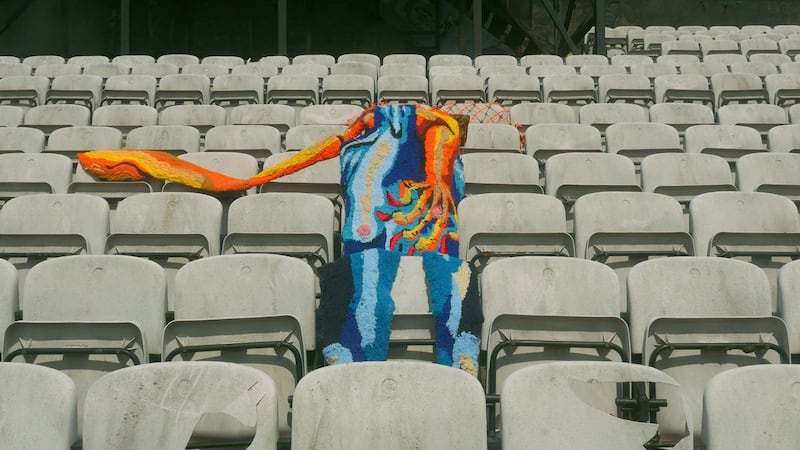
Orla Kelly
National College of Art & Design
Kelly's brightly coloured rugs take the shape of the human body. While they appear cheerful and inviting at first, a closer look reveals menacing scenes of sexual assault. She deals with normalisation of violence against women in popular culture.
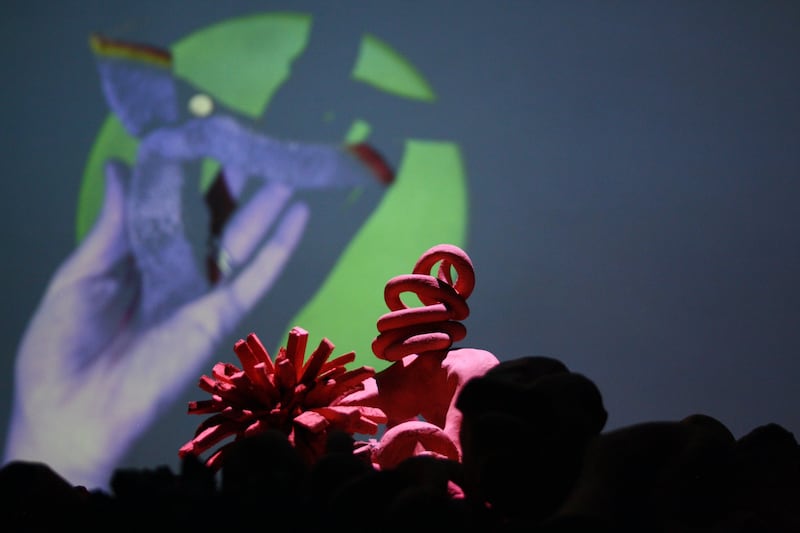
Catherine McDonald
TU Dublin School of Creative Arts
McDonald looks at the relationship between scientific and other understandings of natural systems. She collects clay from eroding cliffs along the coast of Co Wexford and uses it to create beautiful and magical ceramic sculptures based on scientific diagrams.
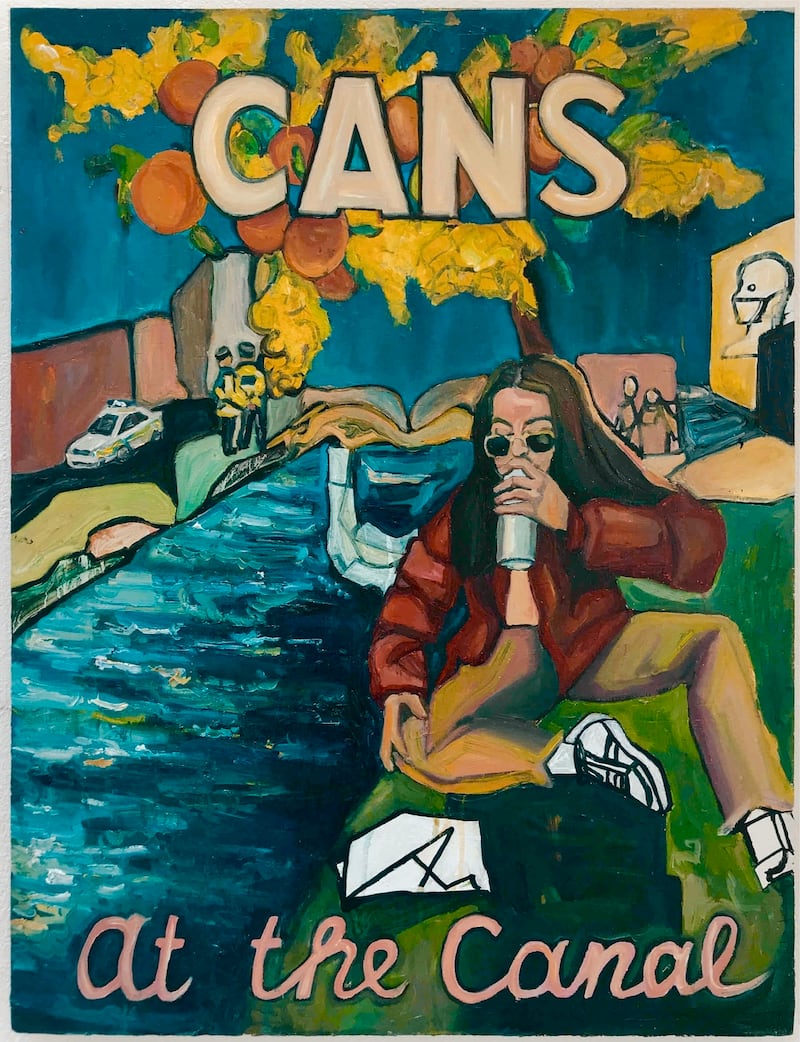
Juliette Morrison
National College of Art & Design
Common themes in Morrison's work are classical music, paintings, pop culture and tongue-in-cheek humour. A lot of the scenes from her paintings mirror our recent experience of lockdown and how we spent time when there was nothing to do.
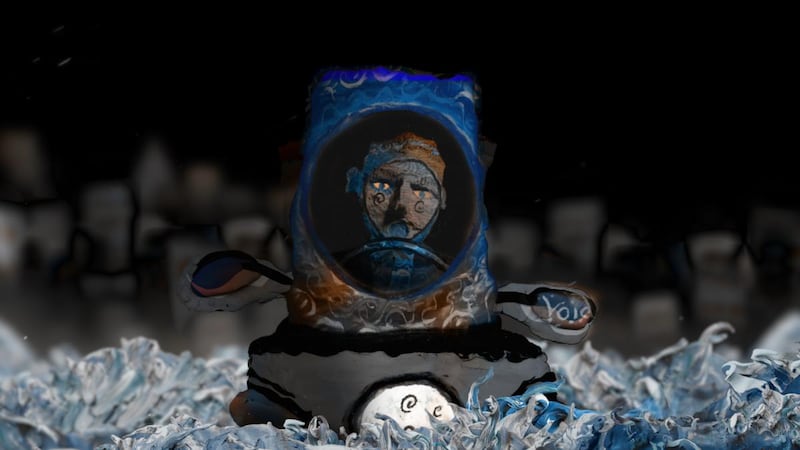
Finn Nichol
Limerick School of Art & Design
Looking at daily routines, Nichol's visually stunning animation follows characters through choreographed loops of work and travel, against the backdrop of an increasingly surreal world.
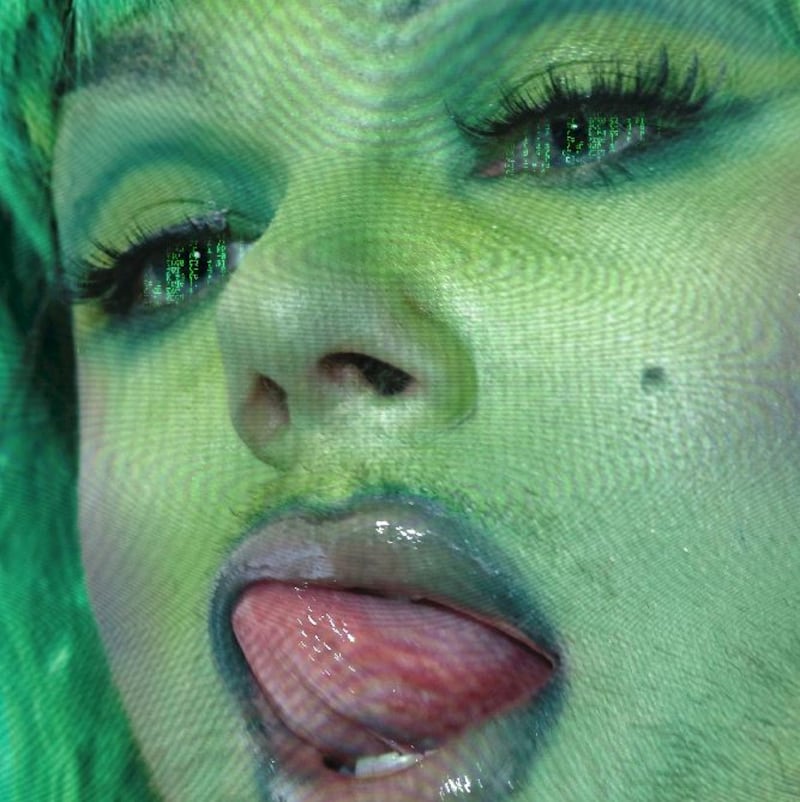
Roibí O Rua
Limerick School of Art & Design
O Rua uses music, video, animation and digital media to explore queerness in generation Z. Finding a space between popstar and fine artist, O Rua looks at how cyberspace is used by transgender gen Z individuals as a sandbox for identity.
















